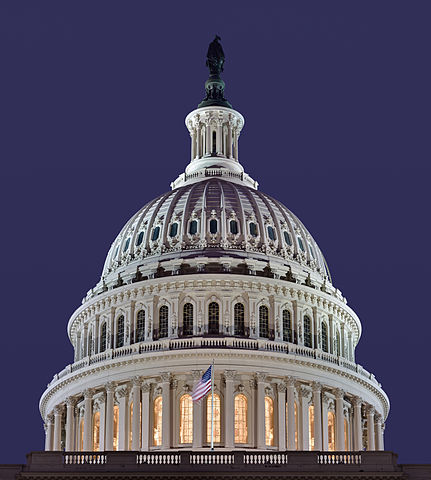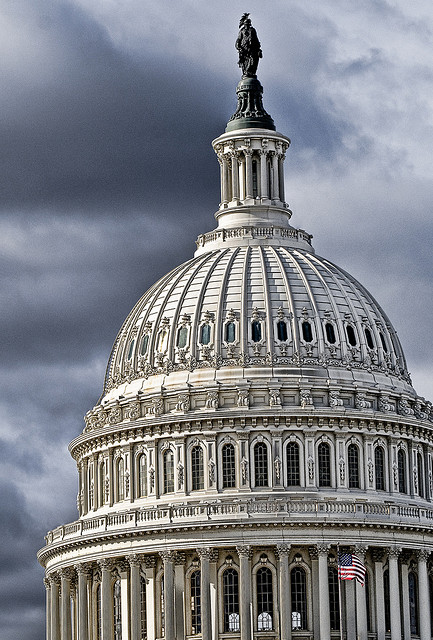The Military Compensation and Retirement Modernization Commission has spent the last two years drawing up policy proposals to decrease the cost of military benefits, including retirement benefits.
The Commission will make the proposals to Congress on Thursday, but people familiar with the report have already been revealing its contents to the USA Today and the Military Times.
According to the sources, the report will propose big changes to the military’s retirement system – including the phase-out of the military’s current defined-benefit plan, in favor of a hybrid plan that features characteristics of a 401(k).
More details from USA Today:
The Military Compensation and Retirement Modernization Commission will propose detailed legislation to phase out the current 20-year cliff-vesting pension payable immediately upon leaving service, according to people who have been briefed on the report but requested anonymity before discussing its recommendations.
The plan calls for Congress to create a hybrid system that includes a smaller defined-benefit pension along with more cash-based benefits and lump-sum payments. A significant portion of troops’ retirement benefits would come in the form of government contributions to 401(k)-style investment accounts, those familiar with the report told Military Times.
Specifically, the proposal calls for automatically enrolling each service member in the federal government’s Thrift Savings Plan, or TSP, an investment account that accrues savings. Individual troops will be responsible for managing their accounts, and the money is typically not available for withdrawal without penalty until age 59.5.
But that same proposal would make it easier for troops to keep their retirement benefits after leaving the military. USA Today reports:
By allowing many troops to keep their TSP government contributions after separation, the new proposal would give limited retirement benefits to the vast majority who leave the military before hitting the traditional retirement milestone of 20 years of service, most of them enlisted members who do four, six or eight years, then leave.
That’s a big potential change from a system that now offers retirement benefits to about only 17% of the force — many of them officers — who serve 20 years.
The retirement changes would only apply to new troops – not anyone currently enlisted or retired.
All of these proposals would still need to get through Congress to become law. Military compensation is a controversial area for cuts, so it’s unclear if the political will exists to move forward with the retirement system changes.





